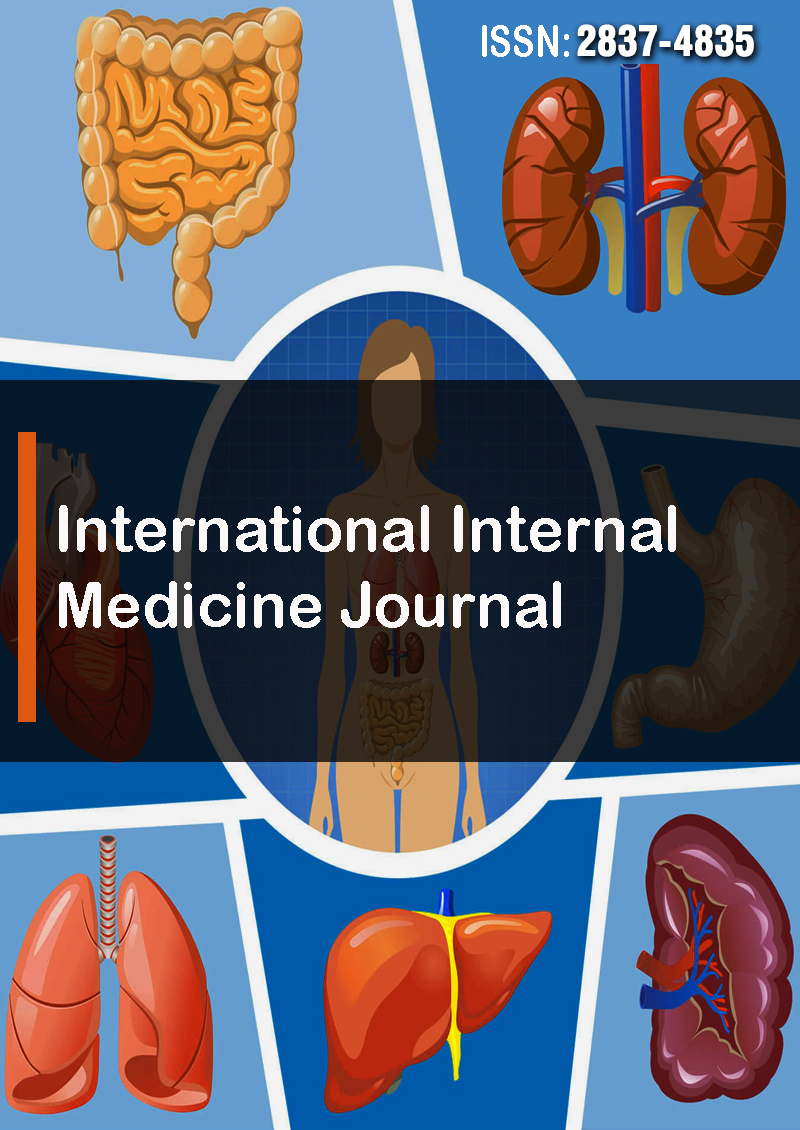The Role of CT Angiography Above Echocardiography in Evaluations of Congenital Heart Disease in TCH (2013-2018)
Abstract
Hanifa S Alrabte, Salima Sassi, Intisar K Aboukanda
Background: Congenital heart disease (CHD) one of the most commonly occurring congenital anomaly, affecting 4-10/1000 live births, Echocardiography is the mainstay of diagnosis, the recent developments in CT techniques increasing role of CT in the evaluation of congenital heart disease that minimize the radiation exposure particularly for children.
Objective: This study is performed to assess and high light the role of multi-detector computed tomography (CT angiography) in the evaluation of cardiovascular abnormalities as (Cono- truncal defects) in children and the Clinical indications above trans-thoracic echocardiography.
Method: This study included 70 patients, they were referred or following in pediatric cardiology clinic at TCH from January 2013 till October 2018. All patients presented with history or clinical suspicion of Cono- truncal defect were included in the study, for all patient's full history and clinical examination were obtained. An echocardiography examination was done. CT angiography was performed by Philips machine (16 segment).
Results: Pulmonary anomalies represent the majority of detected congenital defects in our study, represent 37 cases (53 %) and the commonest pulmonary anomaly is pulmonary stenosis. The majority of patient shows the same finding in echocardiography & CT angiography which represent 47 cases (67.1%), while in 12 cases (17%) CT angiography add more details in regards to the size of the great vessels and the peripheral structure (peripheral pulmonary arteries), while CT angiography rule-out the echocardiography finding in only 11 cases (15 %). Out of 23 cases of patients with Aortic anomaly, 19 cases (82.6%) have the same finding in echocardiography while in 3 cases (13%) the result of CT rolled out the echo finding, and 29 (78.4%) cases out of 37 cases with pulmonary anomalies have same finding in both echocardiography and CT angiography.
Conclusion: We conclude that CT angiography is considered a non-invasive diagnostic tool complementary to the cardiac echocardiography in the diagnosis of complex heart defects especially in pulmonary anomalies. Recommendation: Similar study need to be conducted with large sample to confirm the extent of this finding.



